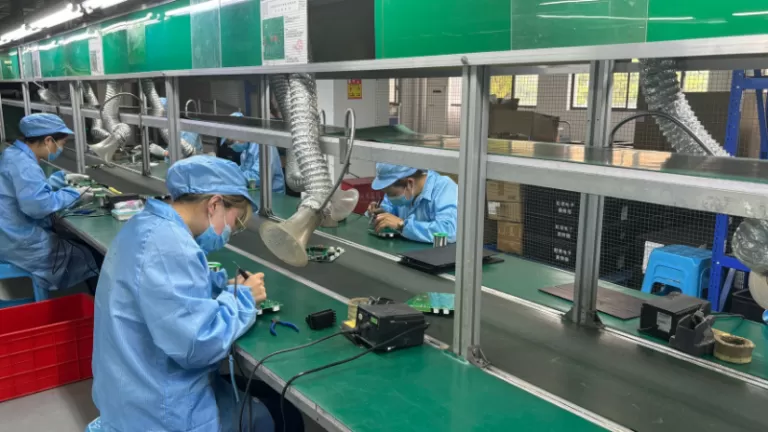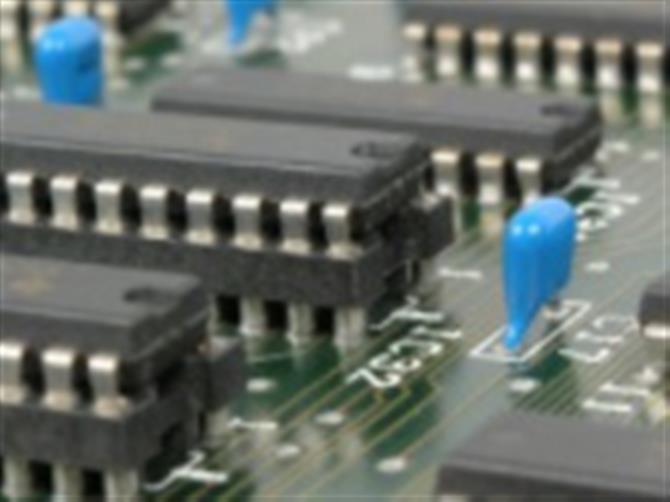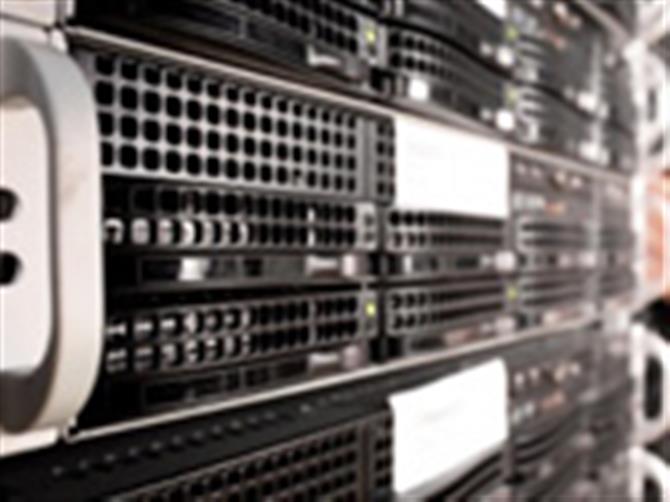I. Welding method
Welding is a low-cost, simple and reliable joining technique, particularly suitable for components with few leads, but may be inconvenient in terms of interchangeability and maintenance.
- PCB Wire Soldering
- No connectors are required, and wires are used directly to solder circuit board connections to external components or parts.
- Soldering should be done by placing the wire pads at the edge of the board and arranging them in a uniform size for easy soldering and maintenance.
- To increase mechanical strength and avoid damage to the pads or printed wires due to pulling, holes should be drilled near the solder joints so that the wires pass through the through holes before soldering.
- Conductors should be neatly arranged and secured by wire clips, etc., to prevent breaking due to movement.
- PCB Soldering
- Suitable for the connection between two circuit boards, through the row of wires to achieve a reliable connection, to avoid connection errors, and the relative position between the boards is flexible.
- Suitable for connecting printed circuit boards at 90-degree angles to form a uniform circuit board component after connection.
Second, plug connection mode
Plug-in connections are widely used in complex instrumentation, providing "building block" convenience, reducing costs, and simplifying commissioning and maintenance.
- Printed Circuit Board Sockets
- Suitable for complex devices, connected to a dedicated socket via a printed plug on the edge of the board.
- Plug design requires consideration of socket size, number of contacts, contact spacing, and location of locating holes.
- Plugs are gold-plated to improve wear resistance and reduce contact resistance, making them suitable for standardized mass production.
- Disadvantages are higher cost, stringent requirements for manufacturing precision and workmanship, and possible poor contact due to oxidation of the plug.
- Standard Pin Connection
- Suitable for external connection of printed circuit boards, especially for small instruments.
- Connecting two printed boards via standard pins makes it easy to realize mass production and flexible connection methods.



